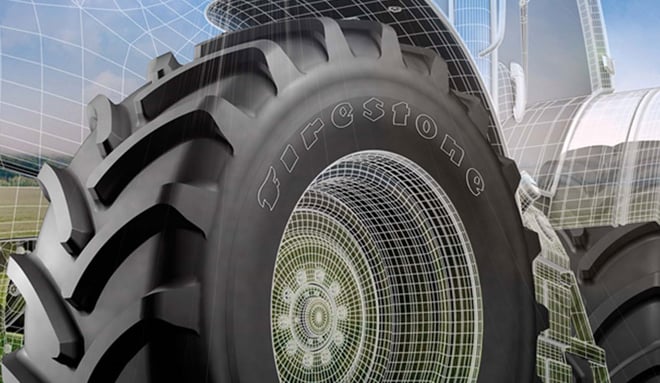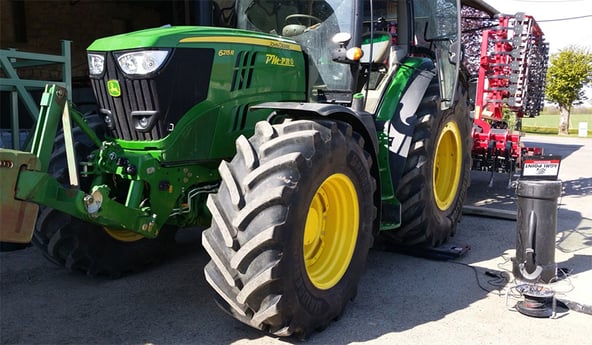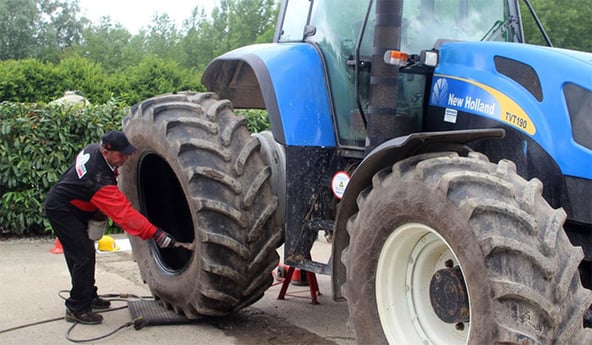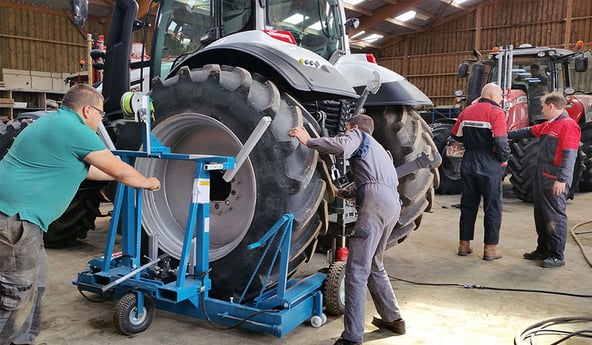Have you ever asked yourself about the markings on agricultural tyres, whether you’re buying new or used?
While you don’t need to study them under the microscope, they do provide important information on farming tyres which will be particularly useful if you wish to sell them one day. Although the meanings of the markings can differ from one manufacturer to another, producers are obliged to provide a certain number of indications. But what do they mean?
The agricultural tyre brand
This is the easiest indication to identify, as it is generally written in large letters and in the manufacturer’s print style. Just to mention one or two well-known brands, Michelin tyres have fat letters and the famous Michelin man, while Firestone will generally appear in skinnier letters, either full of stripes or drawn simply.
The farming tyre range
A little less obvious, but still very visible, the range indicates the family to which the tyre belongs.
While we tend to talk about basic, mid-range and high-end products, constructers particularly want to adapt to the demands of the market by proposing different categories, identified according to power and use: standard, narrow, wide…
The flexibility of the agricultural tyre
On more recent tyres, the letter IF or VF will be indicated. This indicates if the tyre is equipped with IF (Increased Flexion) technology or VF (Very high Flexion) technology.
These two little letters inform you directly on the load capacity of the tyre as an IF tyre can carry over 20% extra load while a VF tyre can carry up to 40% extra.
The cross-section of the farming tyre
This is expressed in inches (for example, 20.8), or in millimetres (for example, 520) and corresponds to the width of the tyre from sidewall to sidewall. In plain speak, dealers will often talk about “tube size” to express what the manufacturers call the “nominal cross-section of the tyre”. “We’re talking about the width from sidewall to sidewall and not from one extremity to the other”, explains Matthieu Perrot, manager of a tyre dealership.
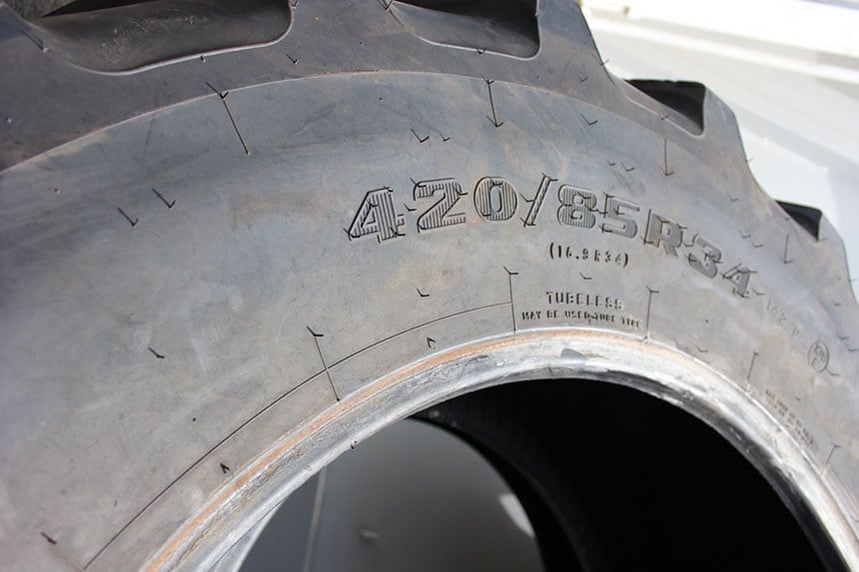
The aspect ratio / the agricultural tyre series
Expressed as a percentage, it indicates the ratio between the height of the sidewall and the tyre cross-section. For example, 85% of 520. “A good way to know the volume of air present in the tyre, notes Matthieu Perrot. Is that the more air in the tyre, the wider the tyre footprint”.
The tyre’s casing structure
Indicated by an “R” for Radial or by “-” for Diagonal. The difference is in the way in which the tyre is built. Generally speaking, it is better to choose a radial tyre for soil preparation, ploughing and transporting goods.
The sidewal diameter
Always expressed in inches (1 inch = 2.54 cm).
The standardised load index
This generally varies between 100 to 200 and translates as a maximum admissible load per tyre at a standard pressure (1.6 bar).
Examples:
Index 101 = 825 kg max.
Index 140 = 2500 kg max.
Index 176 = 7100 kg max.
Index 196 = 12500 kg max.
Standardised speed rating
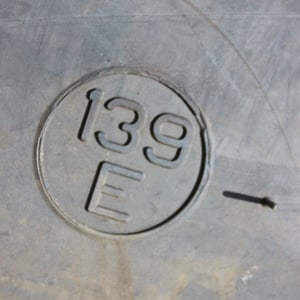
This rating indicates the maximum speed capacity of a tractor tyre. Always associated with the load index, it provides you with a fairly precise idea of the tyre’s capabilities. It starts at A2 (= 10 km/h) and finishes at J (= 100 km/h).
Exemples :
A2 = 10 km/h
A6 = 30 km/h
A8 = 40 km/h
B = 50 km/h
F = 80 km/h
The inner tube
You will often find the indication “Tubeless” or “Tubetype”.
The first indicates that the tyre does not have an inner tube and the second that it does have an inner tube.
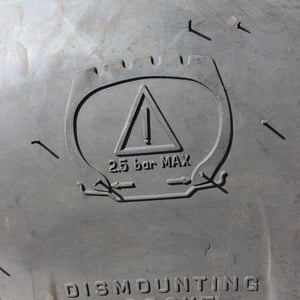
Positioning bead heels
Accompanied by a danger symbol, this pictogram indicates the maximum authorised inflation pressure for positioning the bead heels.
It is found on each of the tyre’s sidewalls.
The construction date of farming tyres
The week is indicated first (from 1 to 52) then the last two figures of the year.
- Example: 3214 = la 32nd week of 2014.
This indication is particularly useful when you’re buying used tyres. Some constructers also indicate the place of manufacture, but this is not an obligation.
For more information on the essential role of your tyres in optimising your productivity, download the full guide below:
Most people who read this article have also read some of the following articles:
- 5 essential techniques to optimise your agricultural tyres
- Info to help you know your agricultural tyres better and make savings
- Do you know the rules for storing your farm tyres correctly?
- The 3 best techniques for storing your agricultural tyres
- How to check the condition of your harvester tyres before the harvest
This information is intended only to make you aware of the technical and functional aspects of agricultural tires and their use. It does not allow you to make a judgment or a definitive conclusion on a given problem. Only your agricultural tire expert is able to make a technical assessment and take a final decision, case by case.
Leave a
commentary
Your email address will not be published.
Required fields are indicated with *


